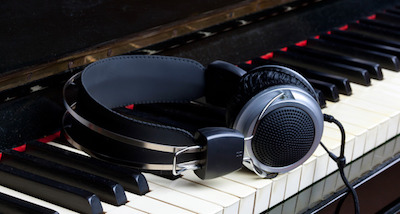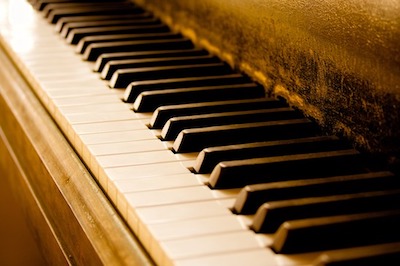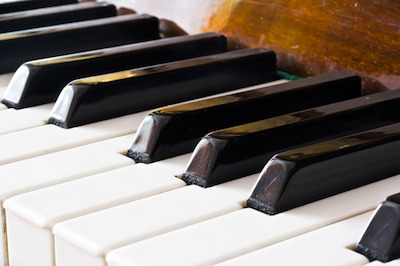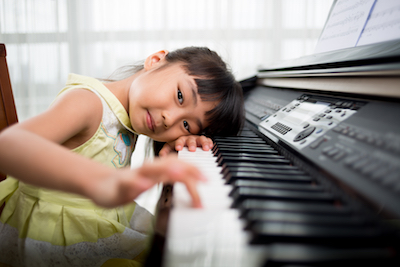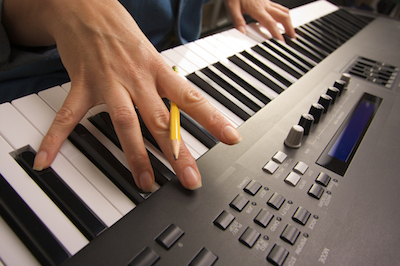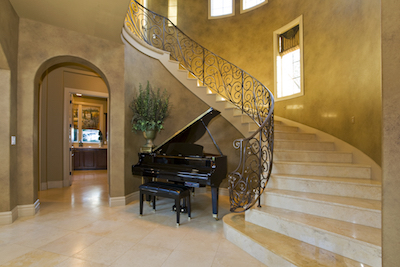How do you buy a child’s first piano if you aren’t a musician yourself?
For many parents, doing a little research only confuses the situation.
The child’s piano teacher may offer advice: “Make sure the piano has full size, weighted keys.” What does that mean?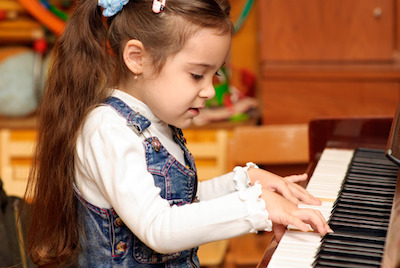
Searching the Internet makes a case for both acoustic and digital pianos. What’s the difference?
And in the back of your mind is a little voice that says: “How long will she even play?”
These questions are all valid questions that every parent faces when pushing their child into music.
Let’s start with the basic setup of a piano. Pianos are either acoustic or digital. Think of acoustic as the more traditional piano, with keys attached to strings, and an action that moves to create the sounds. Digital technology has come a long ways over the past decade to where a high quality digital piano can closely mimic a traditional feel and sound.
Whichever piano you choose – acoustic or digital – the most important aspect is the sound it makes and the way it feels underneath your fingers. If it sounds good, your child will naturally want to play more. And if they have the right touch, they’ll better understand how to play the instrument. Both will make the entire process a more enjoyable experience.
Now let’s talk about the keys. A full size piano has a full set of keys with 88 notes. Smaller keyboards may have 61 notes or 76 notes, and in most cases, these smaller keyboards have unweighted keys. Beginners start off only needing a few notes. But that quickly progresses as they begin improving their musical skills. Having fewer notes means your child will quickly outgrow the smaller keyboard. And if you haven’t ever felt the difference between a weighted and unweighted key, try it the next time you stop by our shop. You will feel a significant difference between the two responses. If a child starts with unweighted keys, they will find moving to weighted keys more of a struggle and will have a harder time transitioning to the next level of playing. Which means they will be more inclined to give up.
If you want your child to play, you have to give her the proper tools to put into action. That doesn’t mean you’ll have to break the bank; it simply means selecting the right tools for the right time. We can help you do that, no matter what your budget or at what level your child is currently playing.
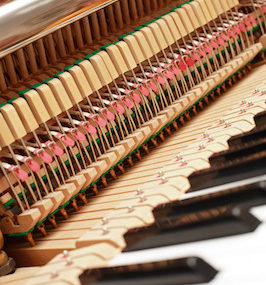

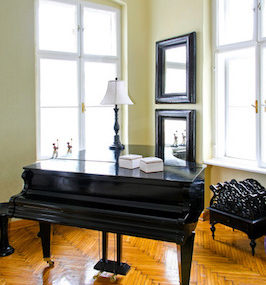
 Baldwin
Baldwin